Francis Bacon was a British painter and one of the most important artists of the 20th century. He was born on October 28, 1909 in Dublin, Ireland, to English parents. Son of a former army officer and a wealthy heiress, he was a descendent of the 16th-century philosopher of the same name. He spent his childhood living between Ireland and England. His father, intolerant of his son's homosexual tendencies, threw him out. The young Bacon settled in London without finishing school. In the late 1920s, he spent time in Berlin and Paris, often visiting exhibitions and museums.
In the 1930s, he began to paint and design furniture in his London studio. His Crucifixion of 1933 brought him to the critics’ attention. Bacon's style was still developing at that time. His painting took on a new direction during World War Two, especially with Three Studies of Figures for the Base of a Crucifixion. From this point on, Bacon’s work began to show distorted human beings, disfigured by pain or maimed, enclosed in narrow spaces. They were expressions of his anguished vision of existence.
Between the end of the 1940s and the 1950s, Bacon dedicated himself to reinterpreting a 17th-century masterpiece – Diego Velázquez’s "Portrait of Pope Innocent X." In Bacon's series, the Pope figure is trapped in a cage, mouth agape as if he were shouting. In this period, Bacon also painted portraits, self-portraits and human figures in which the subject was fragmented, distorted and difficult to recognize. By the early 1950s, he was already considered one of the most important post-war artists. In 1954, he represented Britain at the Venice Biennale. In the coming years, Bacon would be featured in many exhibits.
Bacon was particularly interested in the human figure, his treatment of it unprecedented. Many of his paintings were inspired by photos of men suspended in motion, especially of boxers fighting and athletes running. In particular, he was fascinated by the work of photographer Eadweard Muybridge who was known for his stop motion shots. Even when he painted portraits, Bacon preferred to work from photos, rather than from a sitting model. He often painted triptychs in the tradition of Medieval and Renaissance religious works. Some of the world’s most prominent museums and galleries bought Bacon's works a few years after their creation. Exhibitions dedicated to him introduced the painter as one of the greatest living artists. At 83, Francis Bacon died on April 28, 1992 in Madrid from a heart attack. His work continues to be the subject of study and criticism.
In the 1930s, he began to paint and design furniture in his London studio. His Crucifixion of 1933 brought him to the critics’ attention. Bacon's style was still developing at that time. His painting took on a new direction during World War Two, especially with Three Studies of Figures for the Base of a Crucifixion. From this point on, Bacon’s work began to show distorted human beings, disfigured by pain or maimed, enclosed in narrow spaces. They were expressions of his anguished vision of existence.
Between the end of the 1940s and the 1950s, Bacon dedicated himself to reinterpreting a 17th-century masterpiece – Diego Velázquez’s "Portrait of Pope Innocent X." In Bacon's series, the Pope figure is trapped in a cage, mouth agape as if he were shouting. In this period, Bacon also painted portraits, self-portraits and human figures in which the subject was fragmented, distorted and difficult to recognize. By the early 1950s, he was already considered one of the most important post-war artists. In 1954, he represented Britain at the Venice Biennale. In the coming years, Bacon would be featured in many exhibits.
Bacon was particularly interested in the human figure, his treatment of it unprecedented. Many of his paintings were inspired by photos of men suspended in motion, especially of boxers fighting and athletes running. In particular, he was fascinated by the work of photographer Eadweard Muybridge who was known for his stop motion shots. Even when he painted portraits, Bacon preferred to work from photos, rather than from a sitting model. He often painted triptychs in the tradition of Medieval and Renaissance religious works. Some of the world’s most prominent museums and galleries bought Bacon's works a few years after their creation. Exhibitions dedicated to him introduced the painter as one of the greatest living artists. At 83, Francis Bacon died on April 28, 1992 in Madrid from a heart attack. His work continues to be the subject of study and criticism.
RELATED
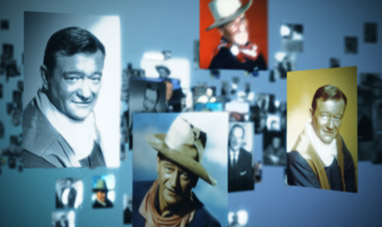

JOHN WAYNE
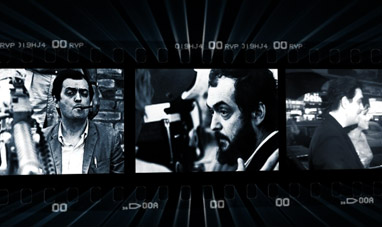

STANLEY KUBRICK
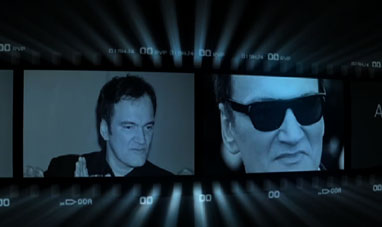

QUENTIN TARANTINO
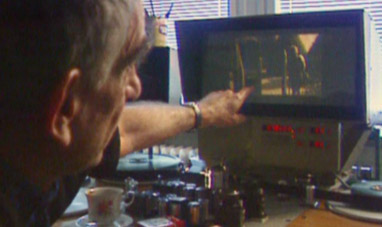

KRZYSZTOF KIELOWSKI
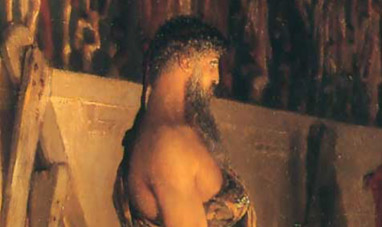

PHIDIAS
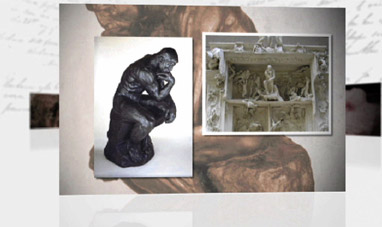

AUGUSTE RODIN
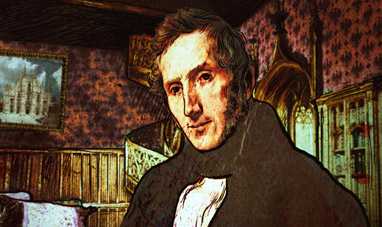

ALESSANDRO MANZONI
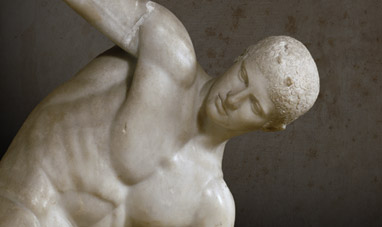

MYRON
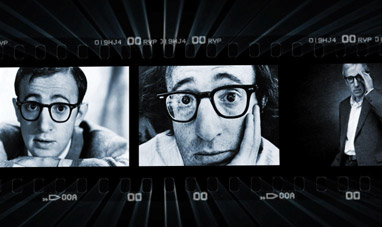

WOODY ALLEN


VITTORIO DE SICA
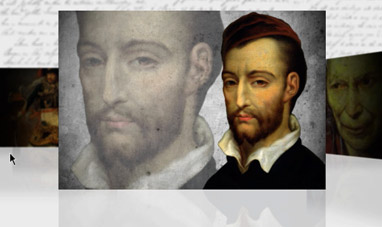

THÉODORE GÉRICAULT


JEAN AUGUSTE DOMINIQUE INGRES
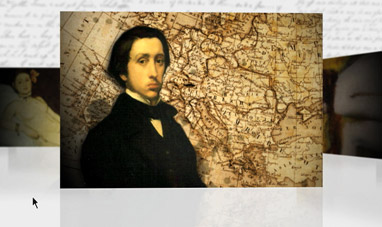

EDGAR DEGAS
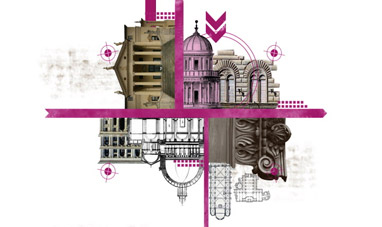

LEON BATTISTA ALBERTI
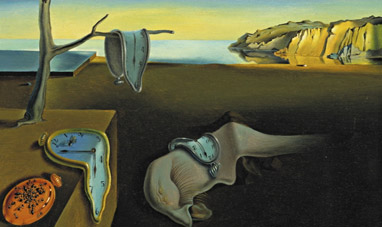

THE PERSISTENCE OF MEMORY
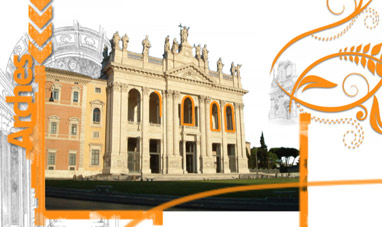

FRANCESCO BORROMINI
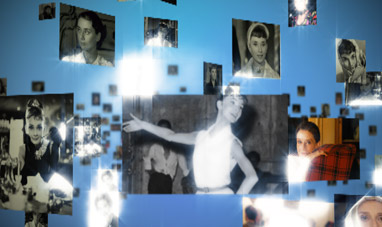

AUDREY HEPBURN


EUGÈNE VIOLET-LE-DUC


ERNST LUDWIG KIRCHNER
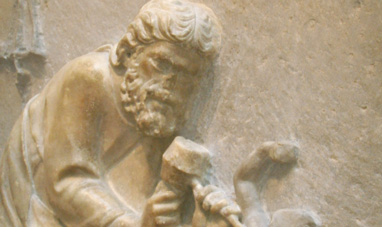

LYSIPPOS
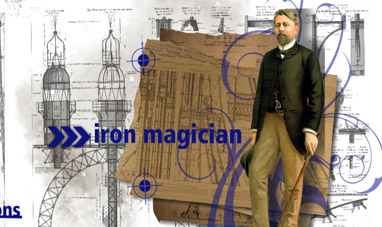

GUSTAVE EIFFEL
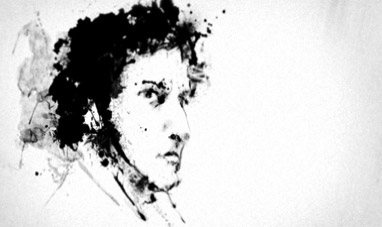

FRÉDÉRIC CHOPIN
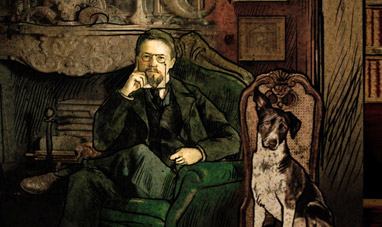

ANTON CHEKHOV
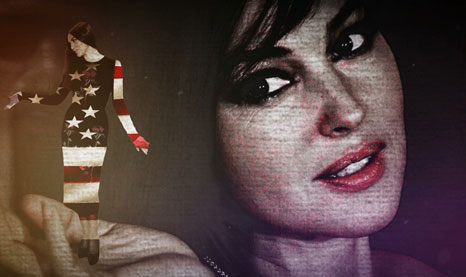

MONICA BELLUCCI
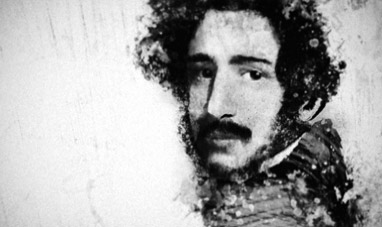

GAETANO DONIZETTI


RITA HAYWORTH
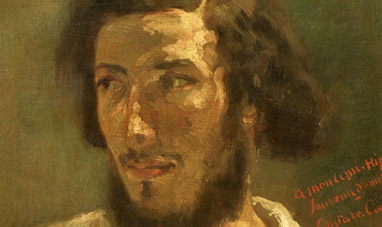

GUSTAVE COURBET
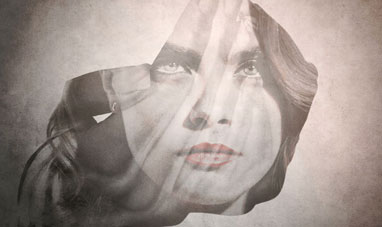

CARA DELEVINGNE
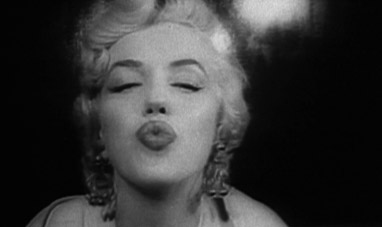

MARILYN MONROE
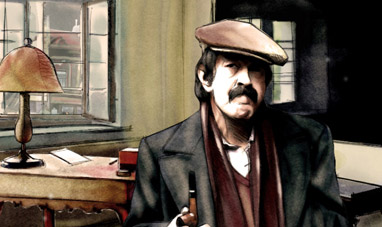

GÜNTER GRASS


BETTE DAVIS
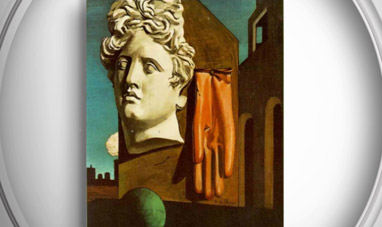

LOVE SONG


SERGEI RACHMANINOFF
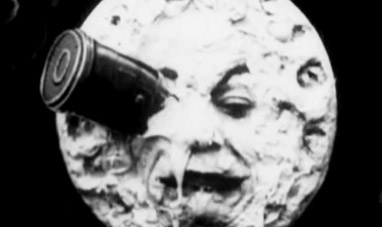

GEORGES MÉLIÉS
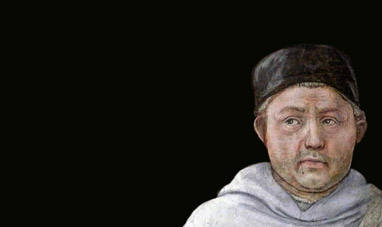

FILIPPO LIPPI
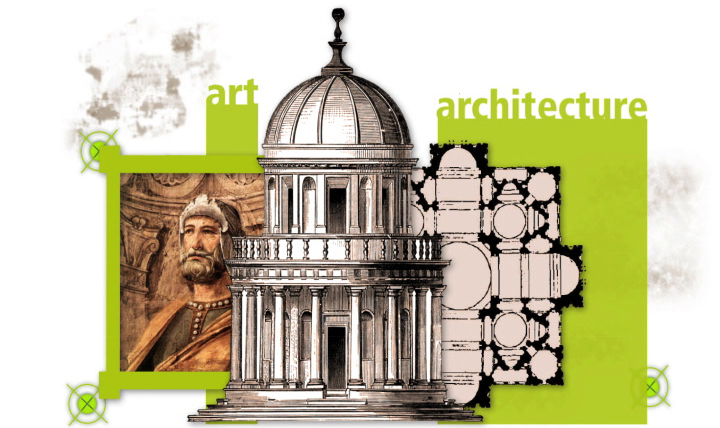

DONATO BRAMANTE
